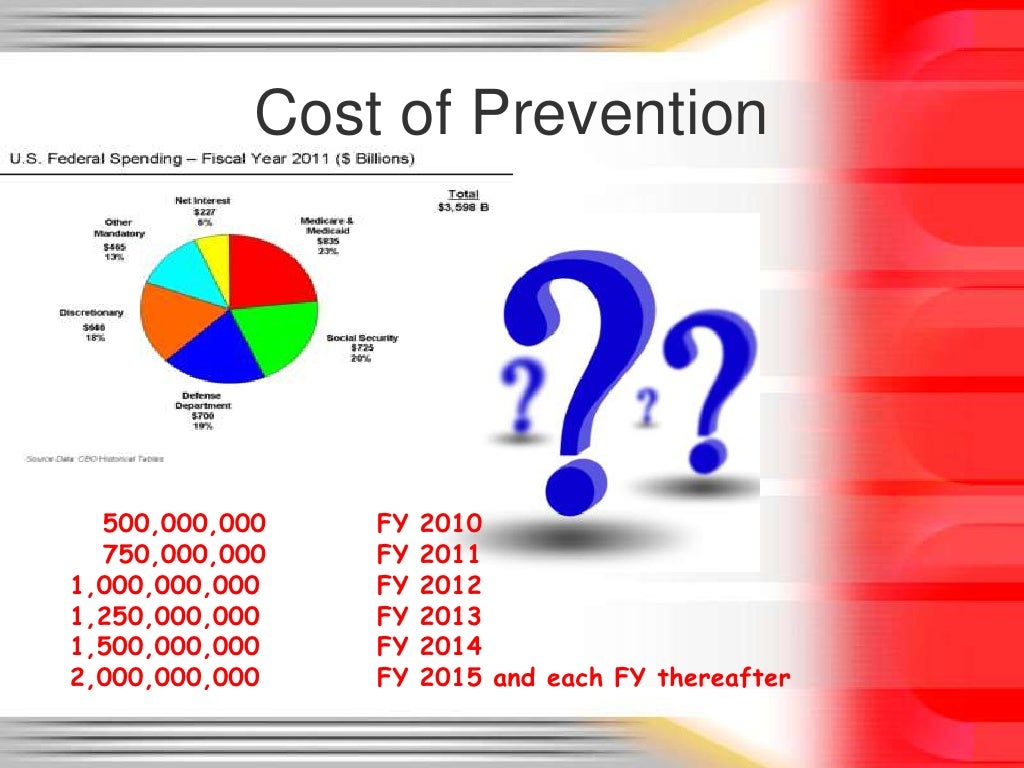
This can lead to feelings of frustration and disengagement, which can ultimately harm productivity and quality. Technology has revolutionized supply chain management by providing real-time visibility into inventory levels, supplier performance, and product delivery. By optimizing supply chain operations, companies can minimize the risk of delays, defects, and other issues impacting the quality of their products or services. Technology has enabled the implementation of predictive maintenance programs, which use sensors and data analysis to predict when equipment is likely to fail. By proactively repairing or replacing equipment before it fails, companies can prevent costly downtime and reduce the risk of defects in products or services. Prevention costs should be integrated into a company’s overall strategy to be effective.
What Are the Common Challenges That Companies Face When Implementing Prevention Costs?
- Finally, we will discuss when businesses should review and revise their prevention cost strategies.
- For instance, new technology can improve production processes, reducing errors and waste and impacting the company’s prevention cost strategies.
- This will be a prevention cost, as our intention is to establish a system to avoid problems from happening in the first place.
- Automation has made it possible to implement continuous quality control measures without relying on manual inspections.
COPQ quantifies the costs linked to preventing, finding, and correcting issues to ensure quality. It is an essential metric that highlights the financial benefits of achieving higher quality standards. Analyzing and lowering COPQ can directly increase profitability, along with improving operational efficiency and customer satisfaction.
Internal Failure Costs:
Technology has made it possible to collect and analyze large amounts of data on product and service quality, customer satisfaction, and other metrics. By leveraging this data, companies can identify trends and patterns, pinpoint areas for improvement, and make data-driven decisions on prevention cost investments. Technology has significantly impacted modern businesses, including implementing and managing prevention costs.
Monthly Management Tips

It is much better, more convenient and cheaper to bear prevention costs than selling damaged goods or servicing. Because it often ends up exchanging the whole product / service and losing customers. The legitimate factory has prevention investments in tools that support a culture of quality, drive down the total cost of quality, and dismantle that parasitic twin factory. These investments are powerful enablers of innovation, productivity, profitability and—let’s not forget it—professional fulfilment. In conclusion, it is important for companies to understand what they need to do to reduce their overall cost of quality.
Evaluating the magnitude of indirect vs direct costs highlights the greater business impact of quality beyond operations. Once the cost of poor-quality data has been collected, it needs to be analyzed to identify opportunities for improvement. Examples include inspection and testing, quality audits, quality control equipment, and rework or retesting of defective products. While 58% of respondents in Gartner’s survey [2] (only) tracked their costs of poor quality, a mere 3% (only) tracked their costs of prevention and appraisal. While it’s evident that rising quality levels are accompanied by decreasing quality costs, it’s easy to forget what’s driving those improvements.
Hence, it enriches the customer experience and creates a brand image in the long run. Another challenge that companies face when implementing prevention costs is resistance to change. Some employees may resist changes in policies and procedures or may not see the value in preventive measures. The main difference between prevention costs and appraisal costs is that prevention costs focus on preventing defects and errors from occurring in the first place.
As more energy is given to this strategy, the variables and unknowns are removed. Because invaluable insight into how customers may view the quality of a product or service is obtained, results become consistently and reliably successful. This gives companies the coveted ability to effectively control the customer experience, a game-changing intangible that sets companies apart from competitors. Appraisal costs are expenses related to measuring and monitoring activities to ensure quality standards are met, including inspection and testing of products. Although such expenses add to the production cost, they are critical for the long-term success of a product or service and for building a company’s goodwill for quality offerings. Moreover, it can reduce potential future losses and expenditures related to product recalls, returns, improvision, and relaunch.
By investing in prevention, businesses can minimize the risk of product recalls, lawsuits, and other legal issues arising from defective products or services. This can help protect the business’s reputation and reduce the impact of negative publicity. Prevention cost is the expense made by a company with the intention of product improvement and avoidance of any potential quality concerns in its products or services. Hence, it is a proactive approach to ensure quality control, increase customer satisfaction, and build brand reputation. Finally, customer satisfaction surveys can provide valuable insight into the effectiveness of prevention costs.
Monitoring progress is crucial for evaluating the effectiveness of preventive measures. Companies should track key performance indicators and measure progress against established goals. Monitoring progress can help identify potential challenges and facilitate adjustments.
The short answer is that a company should start investing in prevention costs immediately. Ideally, businesses should incorporate prevention costs into their operations from the beginning. However, this is not always possible, especially for startups or businesses that have operated for a while without implementing prevention measures. That 2022 survey by Gartner [2] underlined what Feigenbaum suspected when he claimed that hidden factories were consuming 20% to 40% of the capacity of many American companies. Preventive costs are any expenditures incurred that are intended to minimize the number of defects in products and services.
This will help them improve their business processes and operations, which ultimately lead to better profitability. PCA can help increase productivity by helping businesses self-employment tax 2020 focus their resources on the most effective preventative measures. The more effectively a business focuses its efforts, the more productive it becomes.

